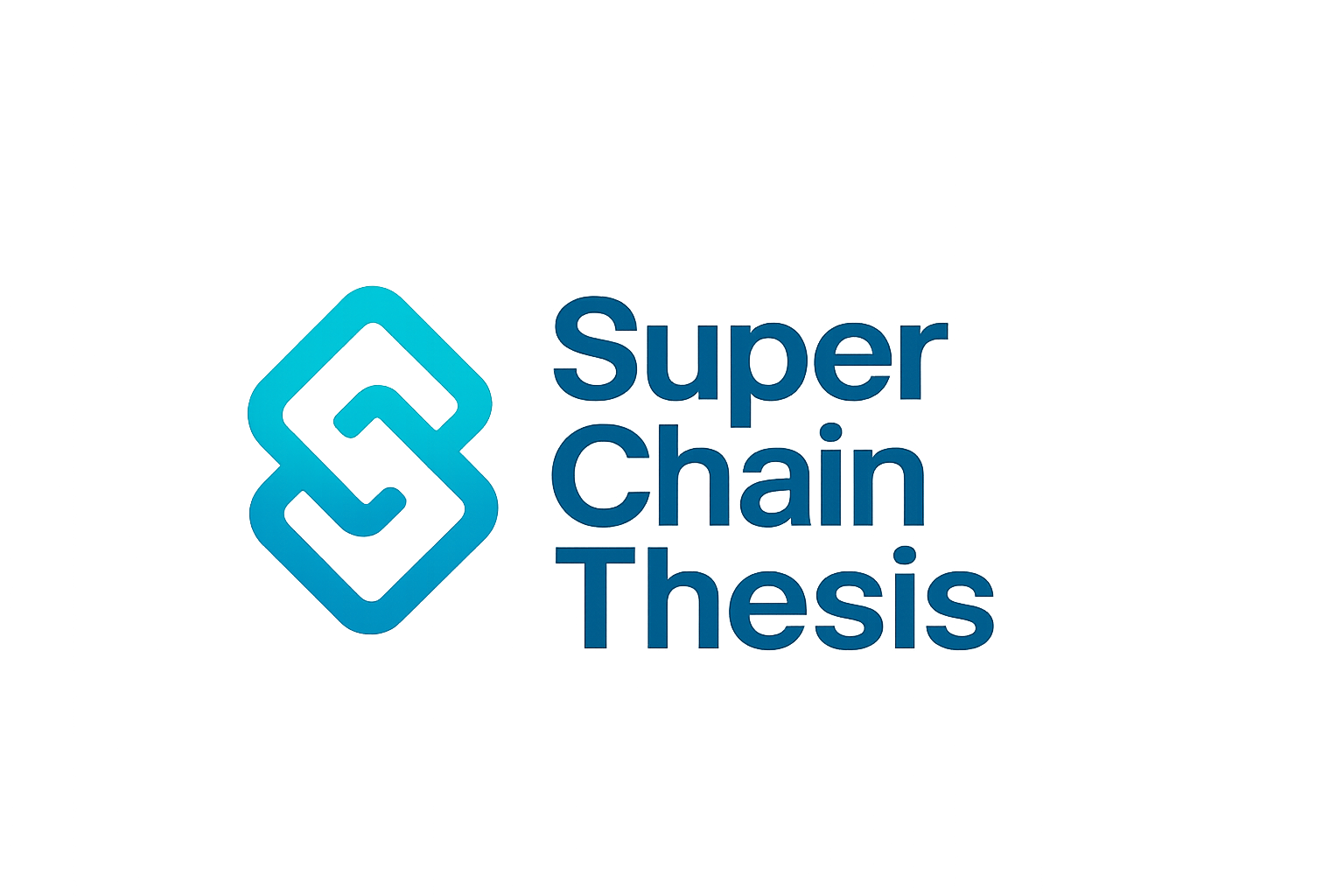
Imagine decentralized applications (dApps) that feel as seamless as their centralized counterparts: instant, gasless, and responsive to every user action in real time. This is no longer a distant dream but an emerging reality, thanks to the rise of ephemeral rollups. As blockchain developers and users increasingly demand speed and efficiency, ephemeral rollups are redefining what’s possible for on-chain experiences, especially on networks like Solana where performance is paramount.

Why Ephemeral Rollups Matter for dApp Scalability
The limitations of traditional blockchains, high fees, slow confirmation times, and constrained throughput, have long hindered mass adoption. While layer 2 solutions like optimistic and zk-rollups have made strides in scaling Ethereum, they often come with trade-offs in terms of composability or developer experience. Ephemeral rollups (ERs), pioneered by projects such as MagicBlock, offer a fundamentally different approach.
At their core, ERs are lightweight, customizable runtimes that can be spun up on demand. They process transactions at web-speed, think 10 to 50 milliseconds per block, and eliminate gas fees entirely. This enables microtransactions and high-frequency trading without the friction or cost that has historically plagued dApps.
“Ephemeral rollups unlock a new era for blockchain applications: real-time gaming, instant DeFi trades, and seamless AI coordination, all with zero gas fees. “
The Key Features That Set Ephemeral Rollups Apart
Core Features of Ephemeral Rollups
-
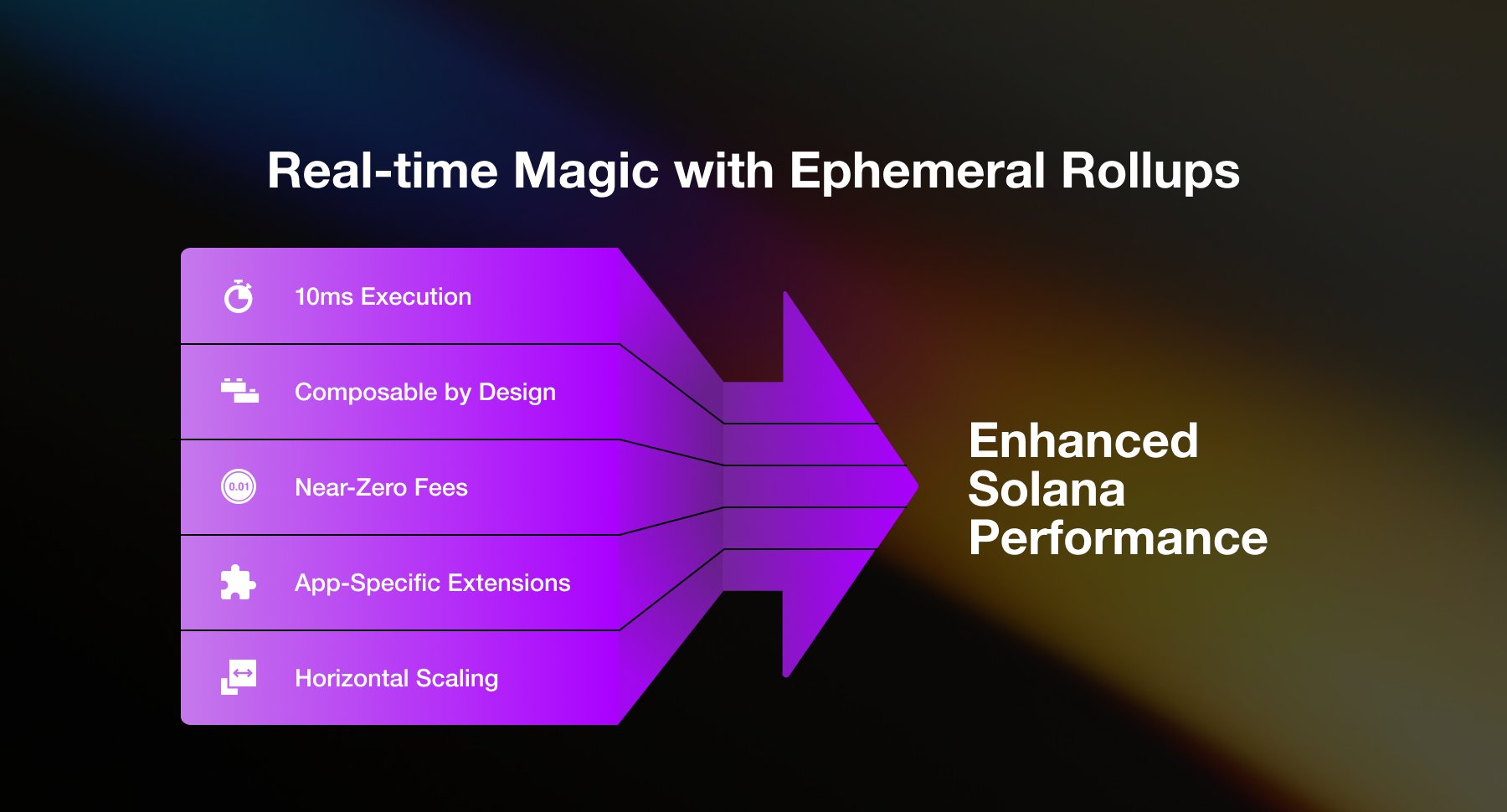
Ultra-Low Latency: Ephemeral Rollups deliver state transitions in as little as 10 milliseconds, enabling real-time responsiveness for interactive dApps such as gaming and finance.
-
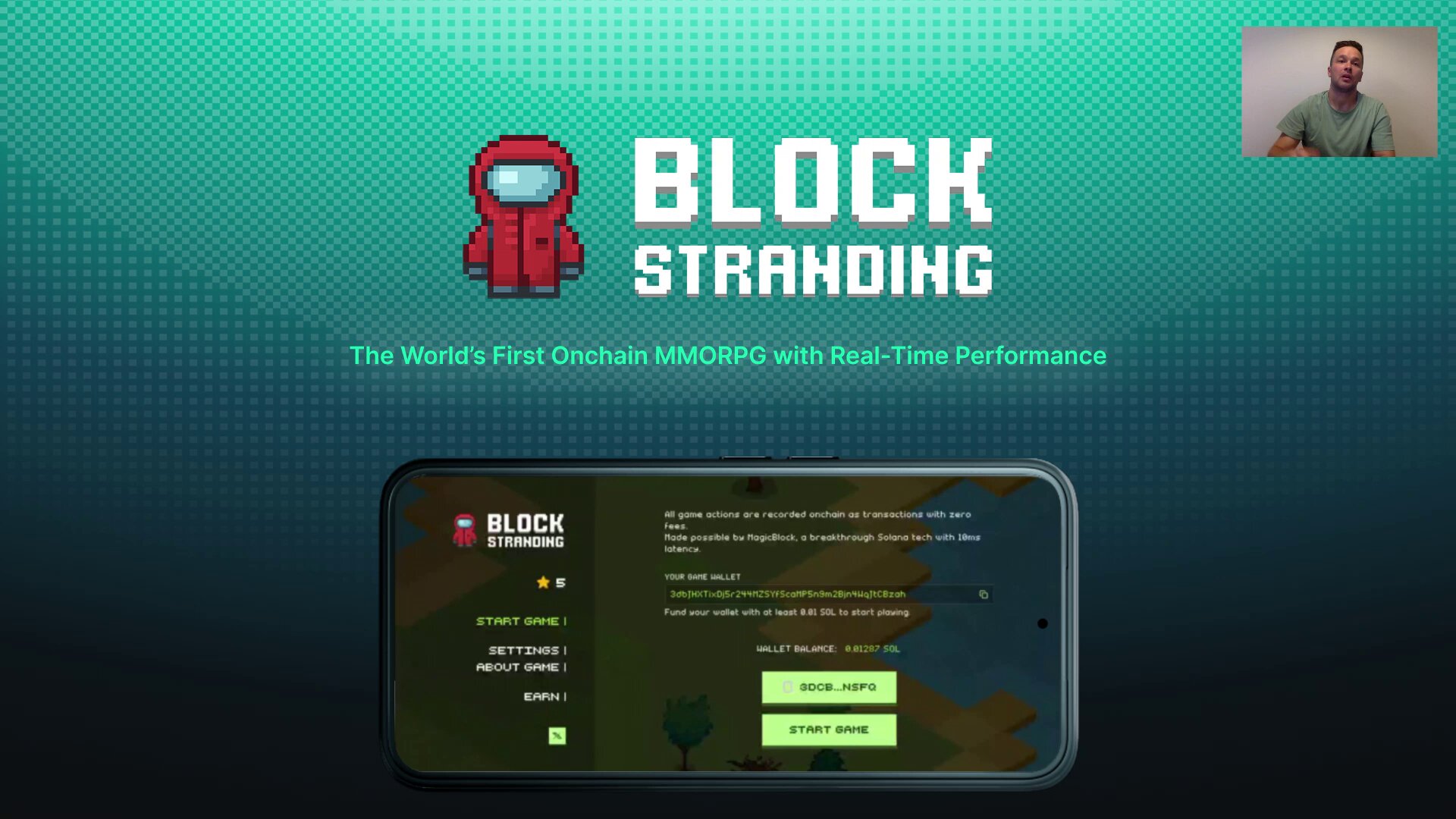
Gasless Transactions: By eliminating transaction fees, Ephemeral Rollups make microtransactions and mass adoption feasible, removing a major barrier for users and developers.
-
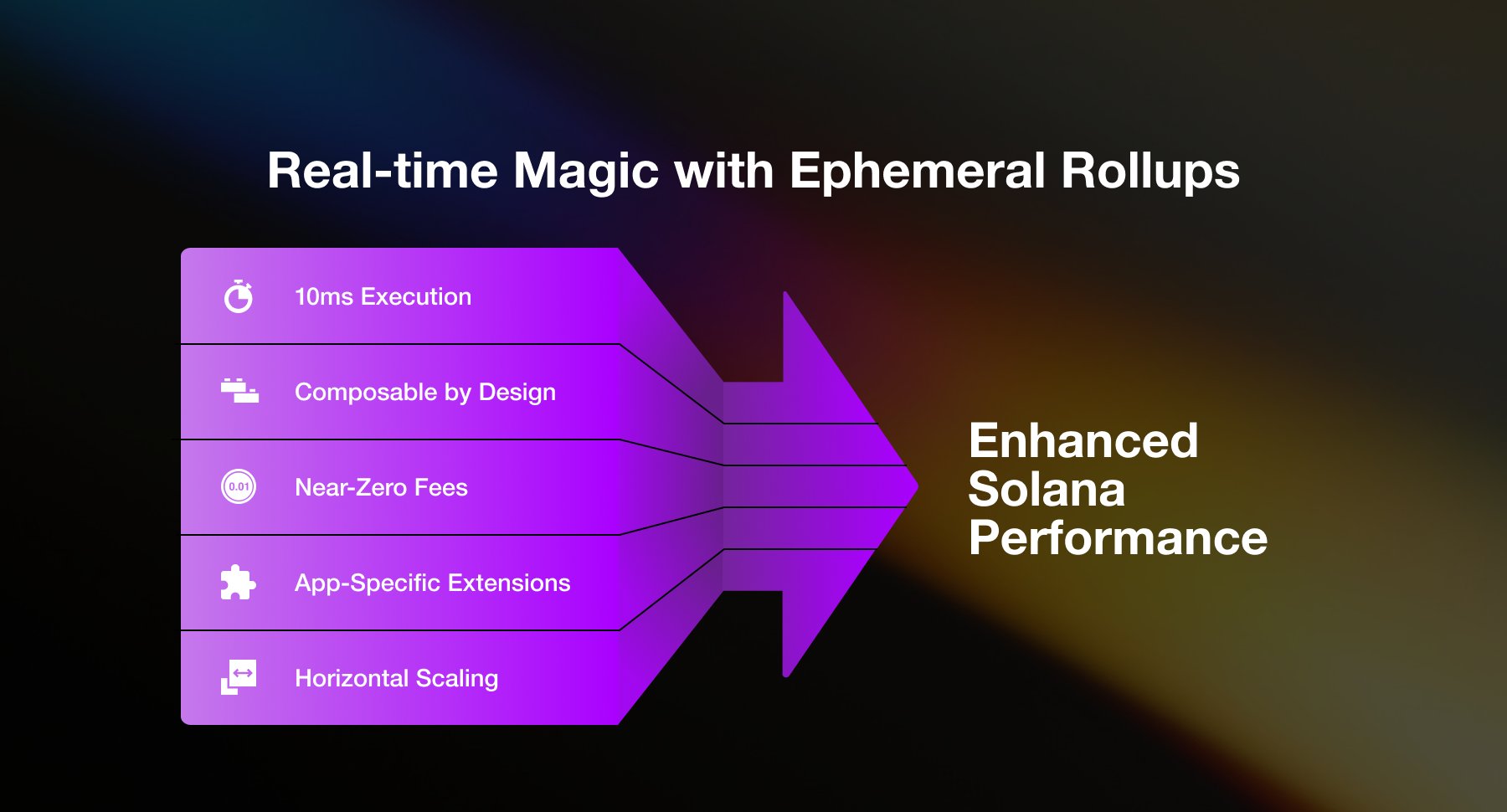
Horizontal Scaling: Developers can deploy multiple rollups on demand, allowing the network to process millions of transactions per second and scale seamlessly with user demand.
-
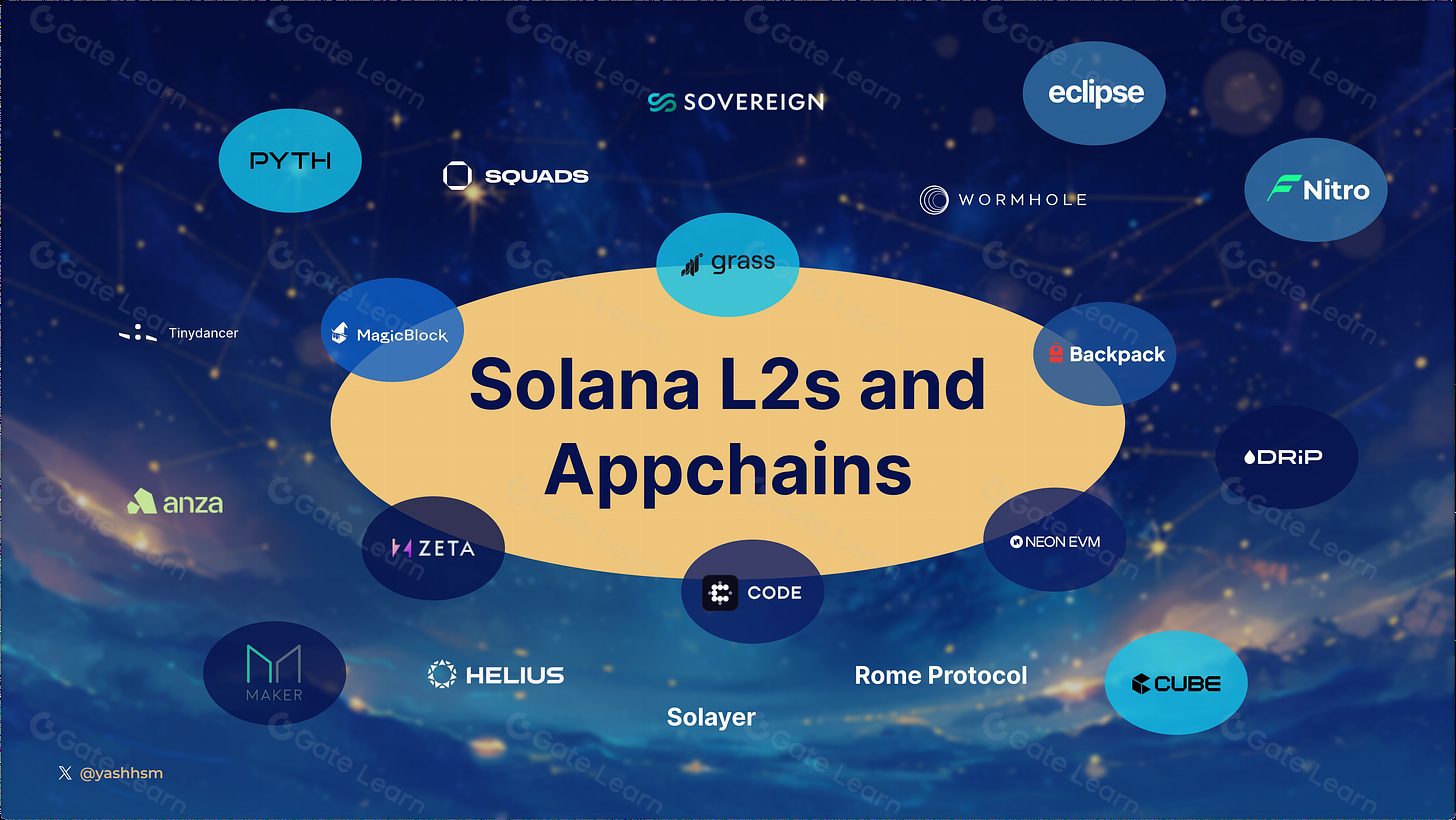
Built-In Scheduling & Ticking: Integrated scheduling mechanisms (“ticking”) automate task execution, boosting efficiency for time-sensitive dApps and enabling complex workflows.
-
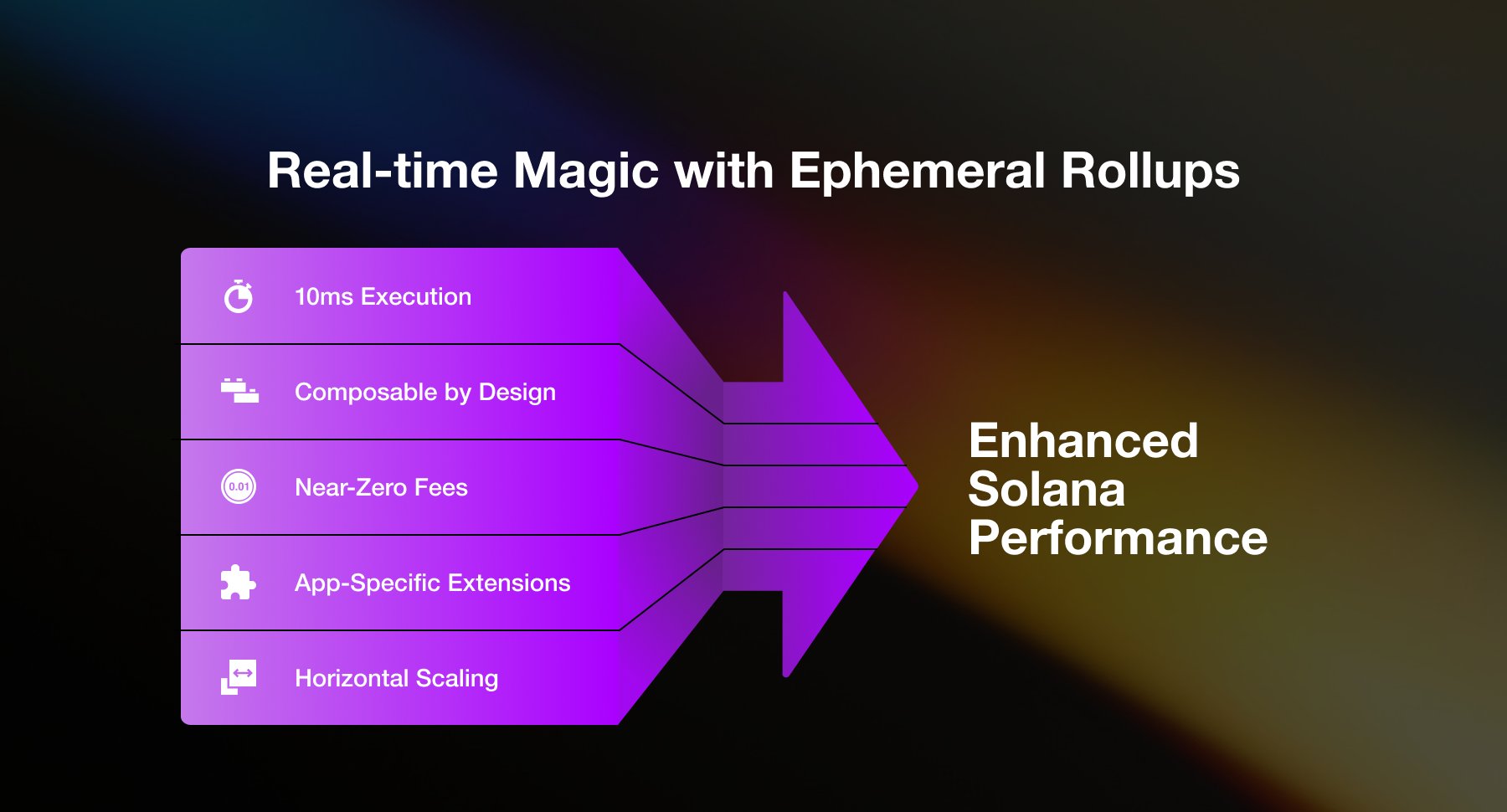
Transparent State Access & Composability: Delegated accounts remain readable on Solana’s Layer 1, ensuring composability and seamless integration with existing protocols and dApps.
-
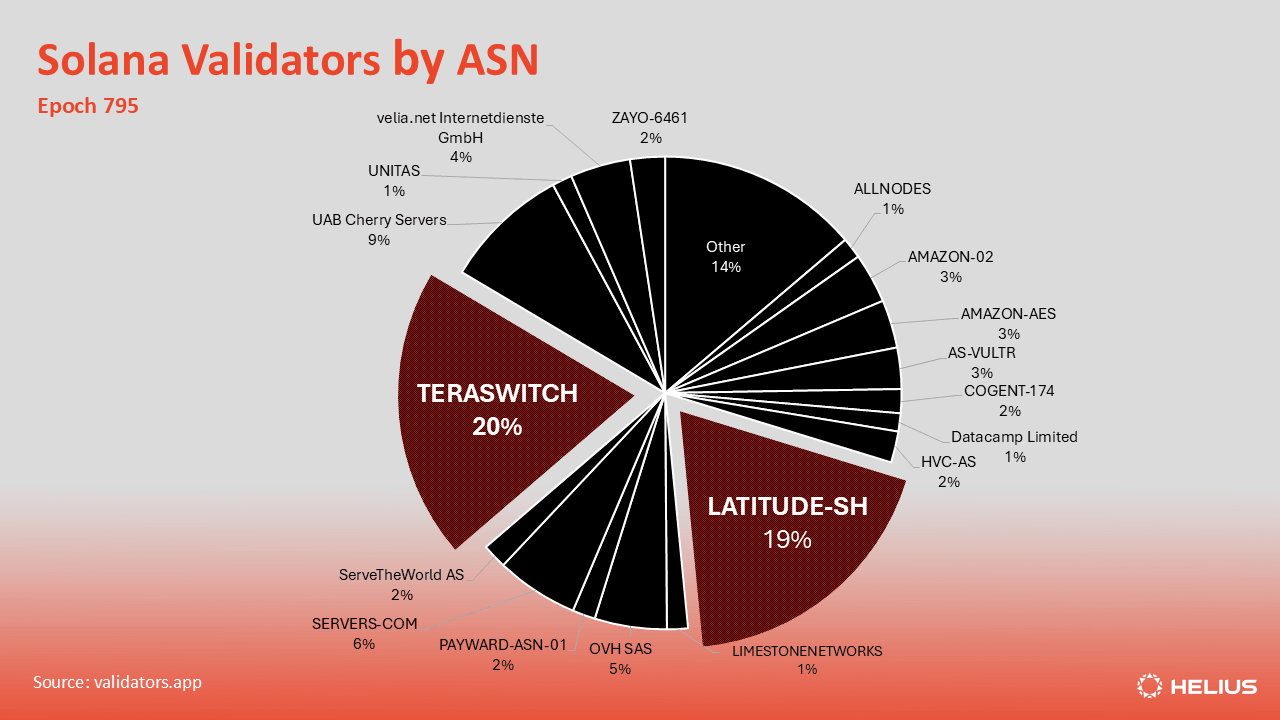
Developer-Friendly Integration: Ephemeral Rollups are compatible with Solana tooling such as Anchor, Rust, and C, allowing developers to build or migrate dApps with minimal changes.
Let’s break down what makes ERs so transformative:
- Ultra-Low Latency: With state transitions clocking in at around 10 milliseconds (source), ERs are ideal for interactive apps like games or financial dashboards.
- Gasless Transactions: By removing transaction fees completely (source), ERs make frequent or micro-sized actions economically viable.
- Horizontal Scaling: Developers can deploy multiple ephemeral rollups simultaneously to handle millions of TPS (source). This flexibility is crucial for mainstream adoption.
- Built-In Scheduling: Integrated ticking mechanisms automate recurring tasks or game loops without off-chain dependencies.
- Transparent State Access: Delegated accounts remain readable at the L1 level while non-delegated accounts are unaffected, preserving Ethereum composability without sacrificing speed.
The MagicBlock Model: How Ephemeral Rollups Work Under the Hood
The architecture behind ERs is both elegant and robust. Here’s a simplified view of how they function within the Solana ecosystem:
- State Delegation: Users lock their state accounts into an ephemeral rollup runtime. This runtime operates independently but remains tethered to Solana’s security layer (source).
- Sequencer Control: A sequencer manages temporary state modifications within the rollup. If any rules are broken or constraints violated, changes are reverted automatically, ensuring safety without manual intervention.
- L1 Compatibility: Even during delegation, base layer transactions can still read account states. Non-delegated accounts continue functioning normally outside the ephemeral runtime.
This structure empowers developers to build applications that combine Solana’s security guarantees with unprecedented speed and user experience. For those already familiar with Solana development stacks such as Anchor or Rust, integrating ERs requires minimal code changes, a testament to their developer-friendliness (source).
What’s especially compelling is how ephemeral rollups are already being harnessed in production. In the world of on-chain gaming, for example, latency and cost have historically been deal-breakers. With ERs, game developers can now deliver fast-paced, fully on-chain experiences where every move, trade, or interaction is processed instantly and without fees. This isn’t just an incremental improvement, it’s a paradigm shift for what’s possible on public blockchains.
But gaming is only the tip of the iceberg. In decentralized finance (DeFi), ERs are enabling new classes of applications: think real-time order books and high-frequency trading platforms that rival their centralized counterparts in speed and fluidity. With microtransactions now economically feasible, we’re seeing experimentation with streaming payments, AI-driven automation, and IoT micropayments that would be cost-prohibitive on traditional chains.
Industry Adoption and Real-World Impact
The MagicBlock ecosystem has become a proving ground for ephemeral rollups at scale. Projects like Mantis have integrated ERs to power low-latency financial primitives and high-performance infrastructure for DePIN networks (source). The result: dApps that feel indistinguishable from web2 in terms of responsiveness but retain all the composability and security guarantees of Solana’s L1.
This leap forward is not just technical, it’s cultural. By removing friction around fees and performance bottlenecks, ERs lower the barrier to entry for both users and builders. Developers can focus more on product innovation rather than wrestling with gas optimization or state fragmentation. Users enjoy intuitive onboarding flows where every action is instant and free from surprise costs.
What Sets MagicBlock Apart?
- Unified State Management: Unlike many rollup solutions that fragment state across isolated environments, MagicBlock synchronizes state intelligently across ephemeral runtimes (source). This means less developer overhead, and better cross-app composability.
- Tick-Based Automation: Built-in scheduling unlocks use cases like automated settlements or recurring rewards without relying on off-chain cron jobs.
- No Vendor Lock-In: Native compatibility with Solana tooling (Rust, C, Anchor) lets teams migrate or experiment without rearchitecting their stack (source).
dApps Leveraging Ephemeral Rollups Today
-
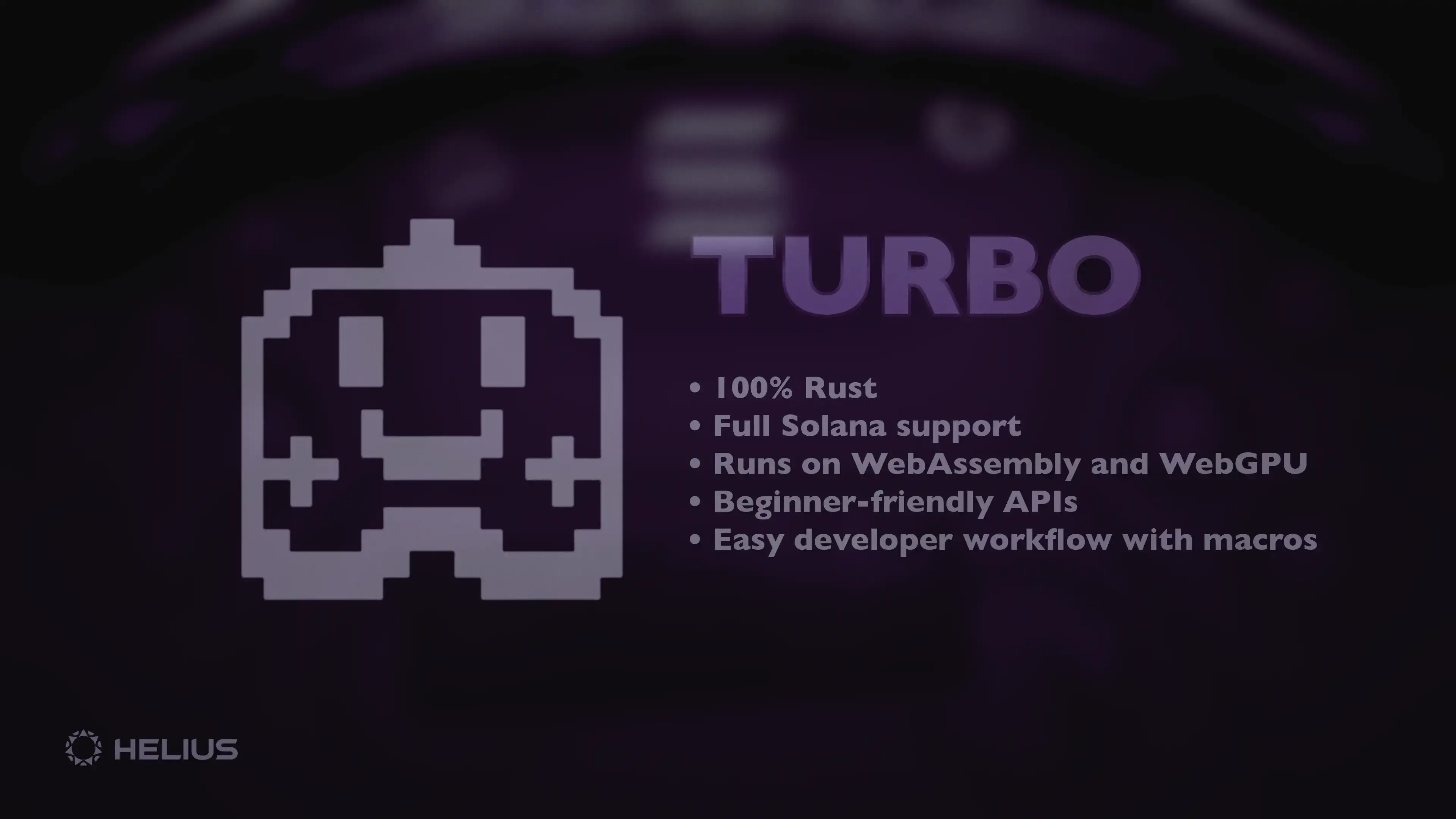
MagicBlock Gaming Suite: MagicBlock powers a suite of on-chain games, such as Solana Royale and Pixel Racers, utilizing ephemeral rollups for real-time, gasless gameplay and seamless user experience. These games showcase instant state updates and ultra-low latency interactions, made possible by MagicBlock’s ephemeral rollup architecture.
-
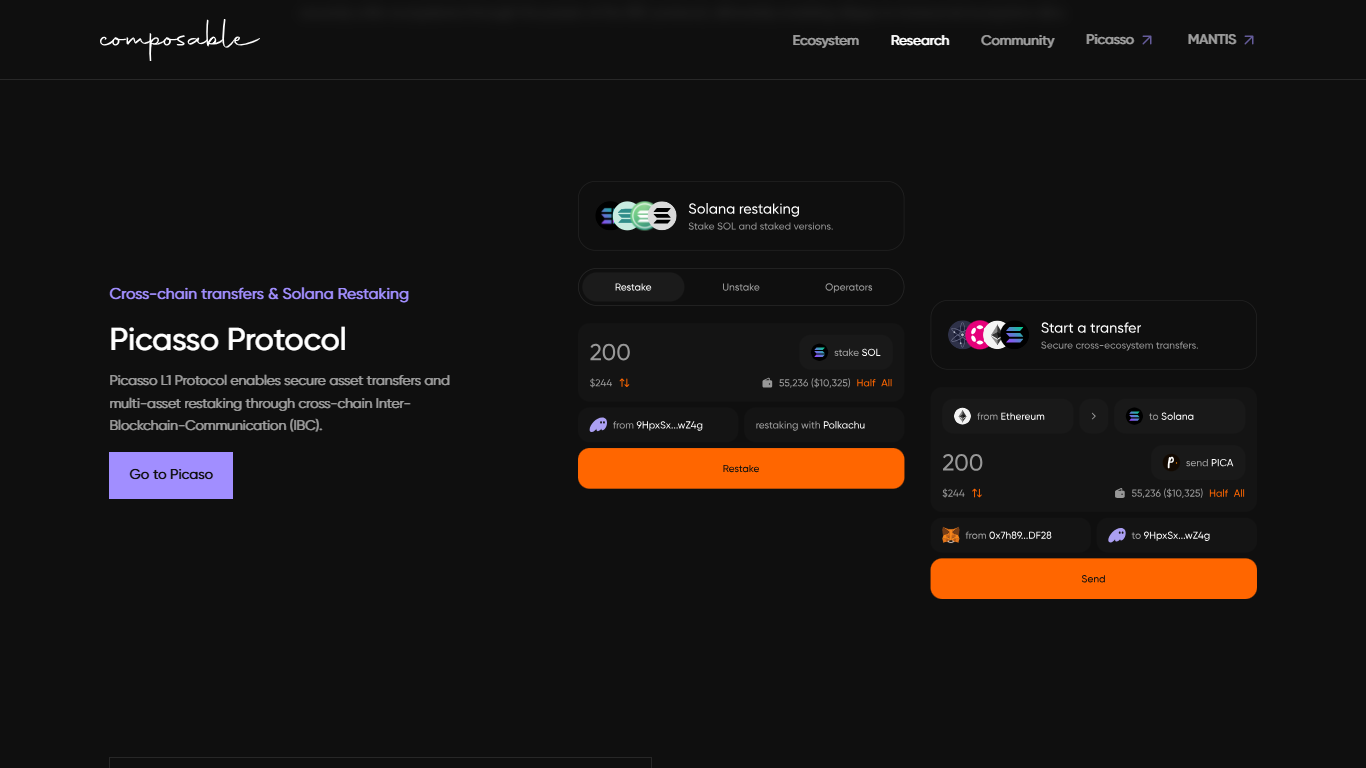
Mantis: The Mantis DeFi protocol integrates ephemeral rollups to enable gasless, high-frequency trading and real-time order book updates. This allows users to execute trades with minimal latency and zero transaction fees, unlocking new possibilities for decentralized finance on Solana.
-
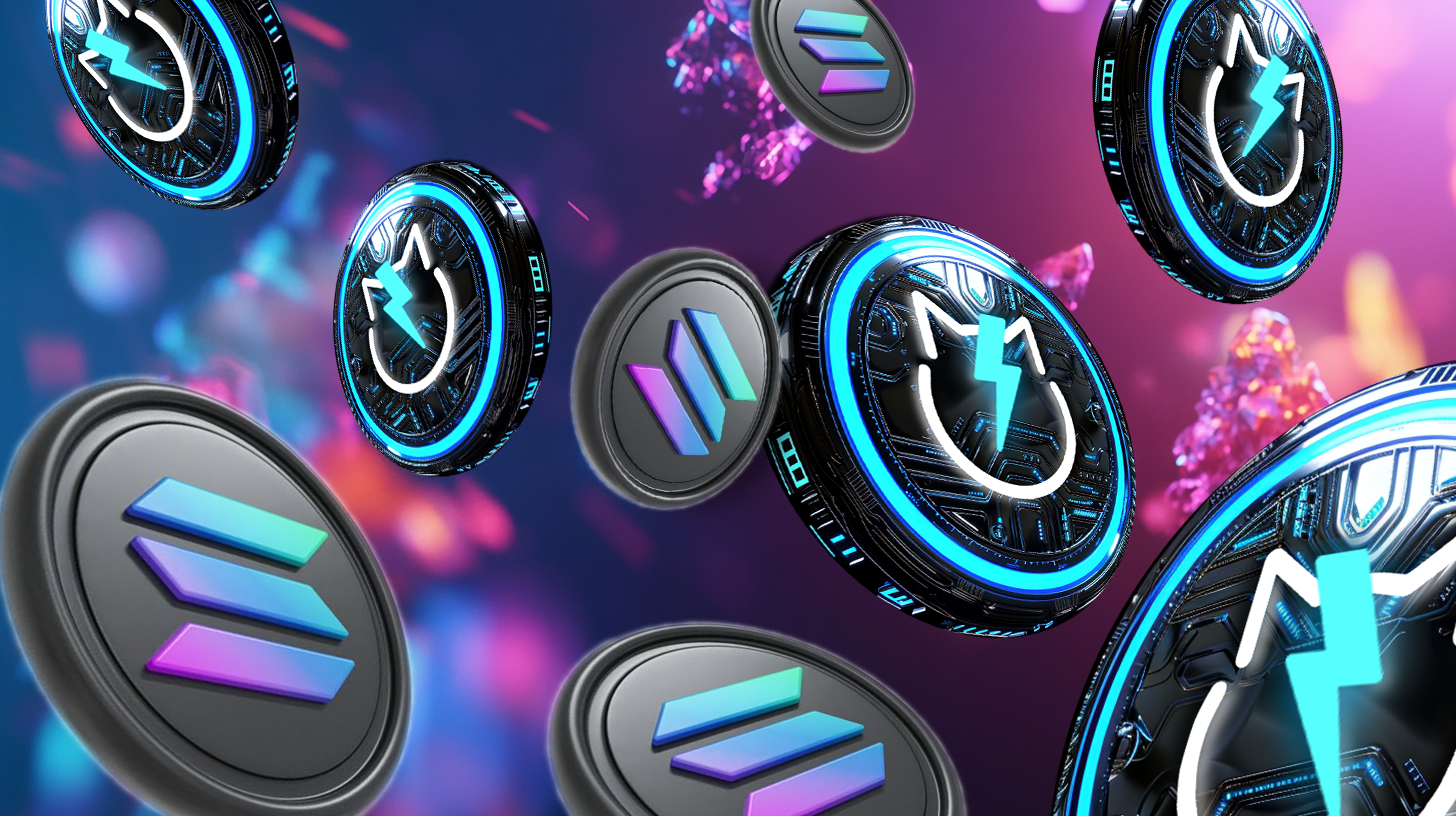
Bolt Engine: Bolt Engine leverages ephemeral rollups to support AI-powered microtransactions and real-time data feeds for decentralized applications. This enables scalable, verifiable payments for AI inference and IoT data streams, crucial for decentralized infrastructure networks (DePIN).
-
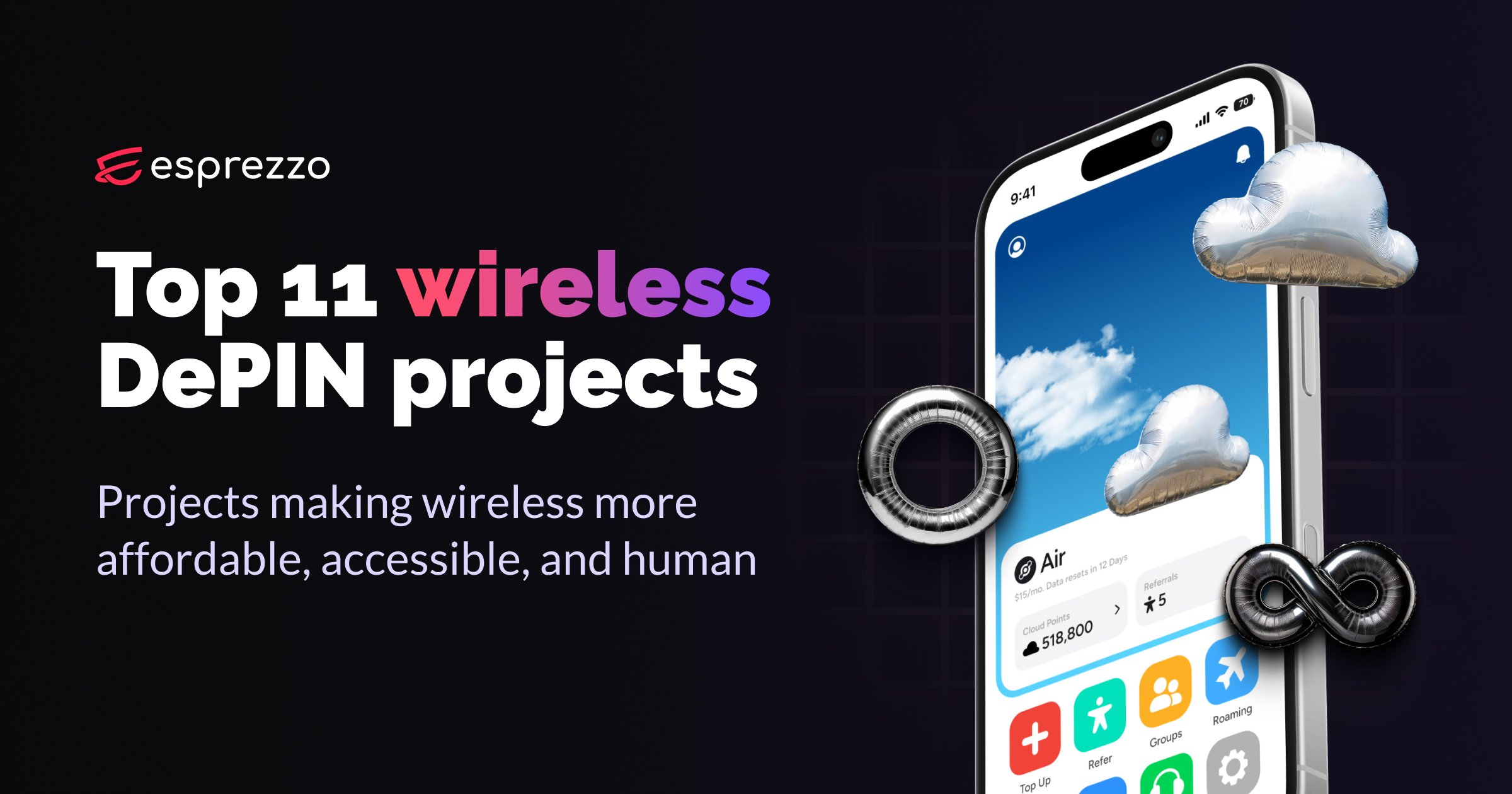
MagicBlock DePIN Infrastructure: MagicBlock is used by DePIN projects to facilitate gasless, real-time settlements for decentralized energy grids and IoT sensor networks, ensuring efficient and scalable operations across distributed physical infrastructure.
-
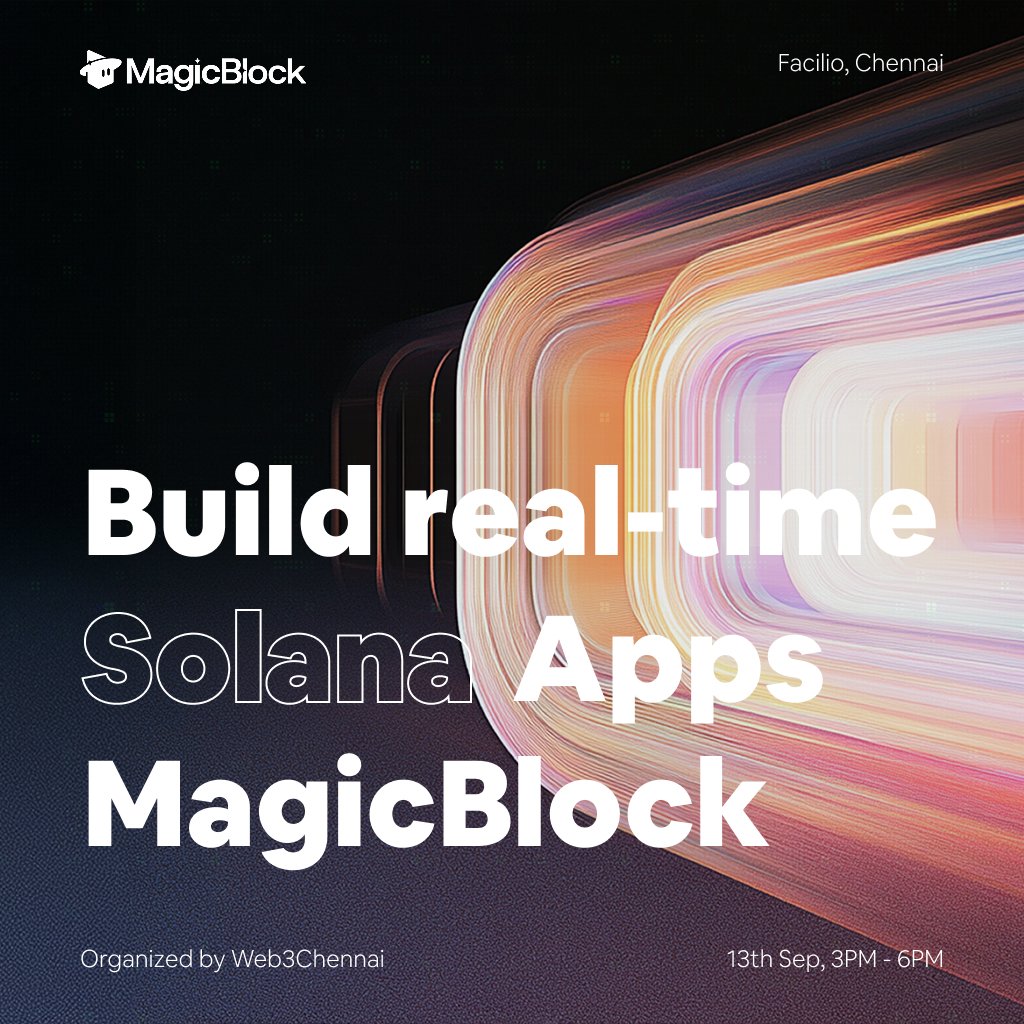
Solana Native dApps via MagicBlock: Numerous Solana-native dApps—including on-chain prediction markets and real-time multiplayer games—have adopted MagicBlock’s ephemeral rollups to achieve millisecond-level transaction finality and gasless user interactions, driving mass adoption and seamless composability.
The Road Ahead: Challenges and Opportunities
No emerging technology comes without friction points. Ephemeral rollups introduce new questions around sequencer decentralization, cross-rollup communication patterns, and long-term data availability for regulatory compliance or analytics. However, these are solvable challenges, and the pace of open-source research around ERs suggests solutions are already taking shape.
The broader superchain movement will likely see ephemeral rollups as a critical building block for horizontally scalable dApps, especially as demand grows for real-time interactivity across domains like AI inference markets or decentralized energy grids. As composability remains intact thanks to transparent state access at L1, developers aren’t forced into walled gardens or silos; instead they gain a toolkit to push boundaries further than ever before.
If you’re building in Web3 today, or simply dreaming about what comes next, ephemeral rollups deserve your close attention. They don’t just make existing apps faster; they unlock entirely new categories of user experience previously thought impossible on-chain. As adoption accelerates across gaming, DeFi, AI-powered automation, and beyond, expect ERs to become an essential part of any serious scaling strategy in the superchain era.
